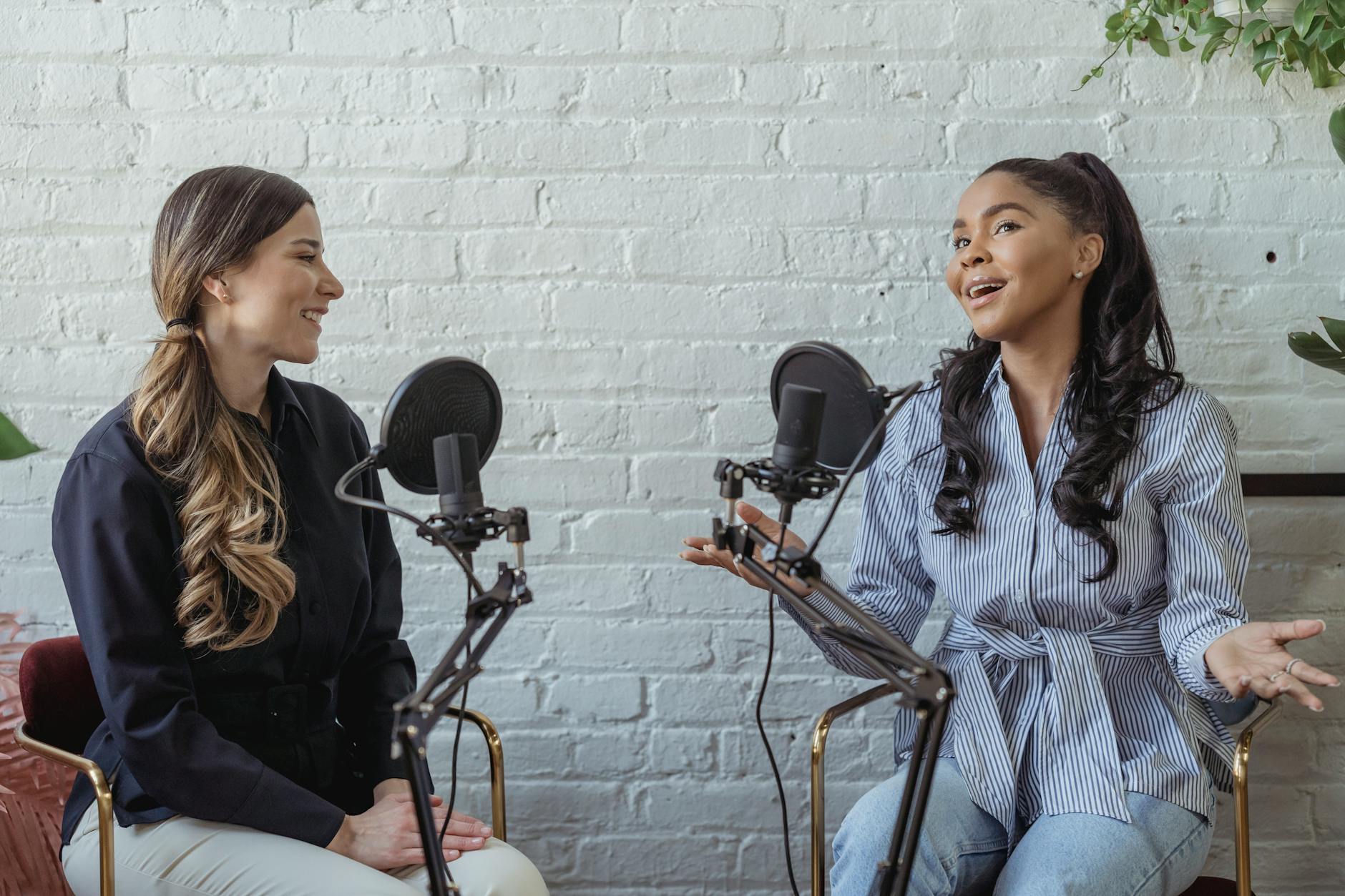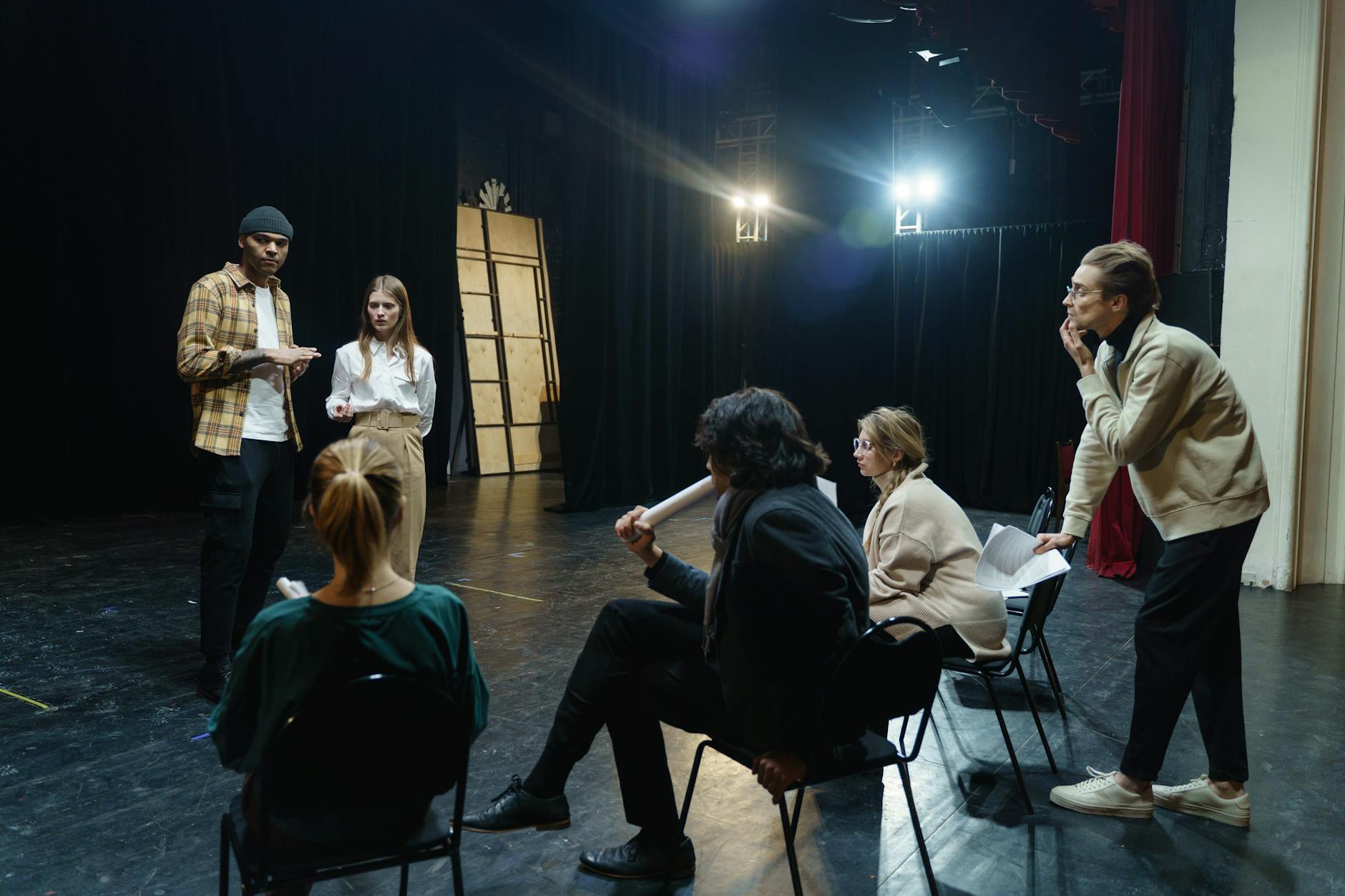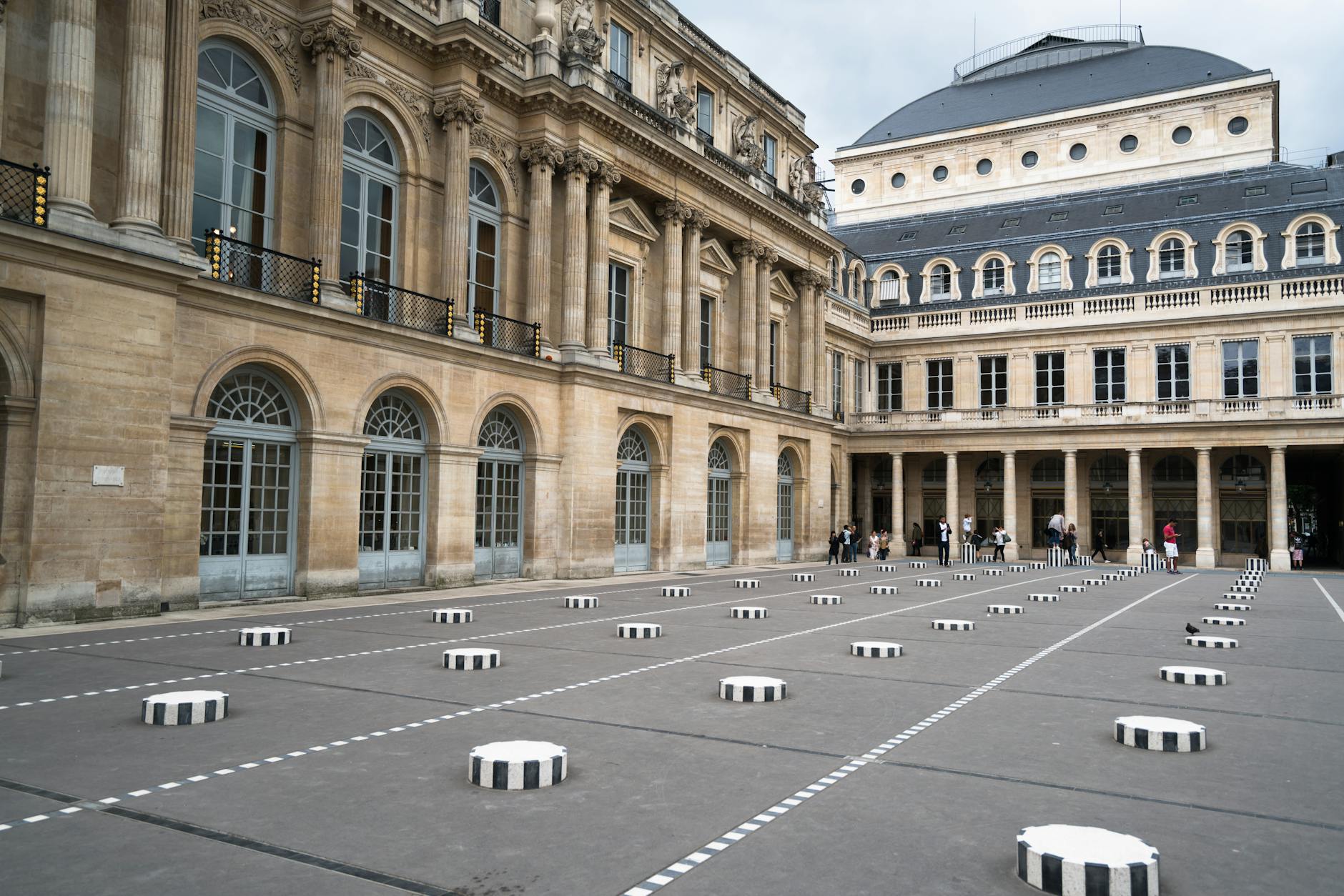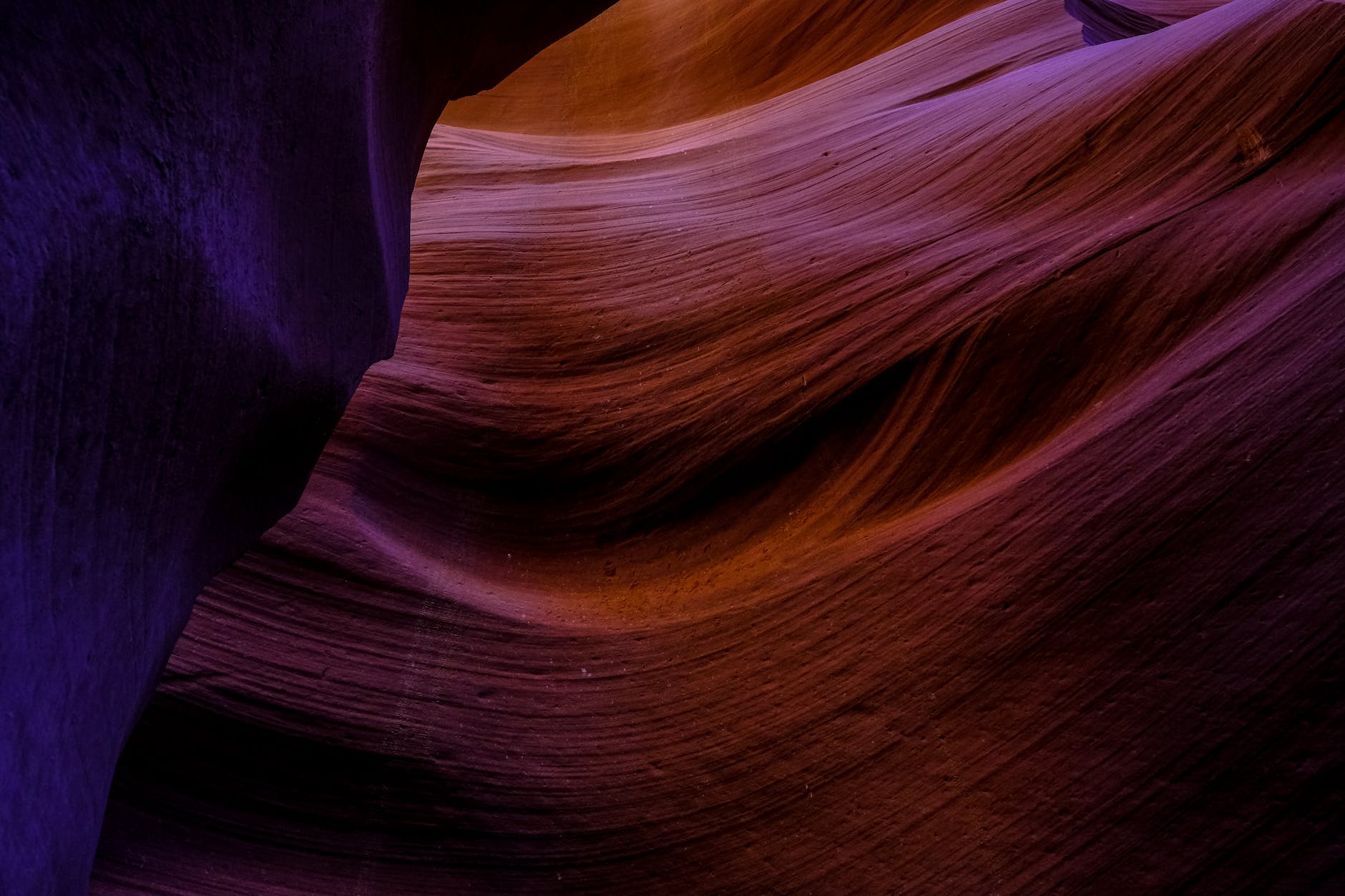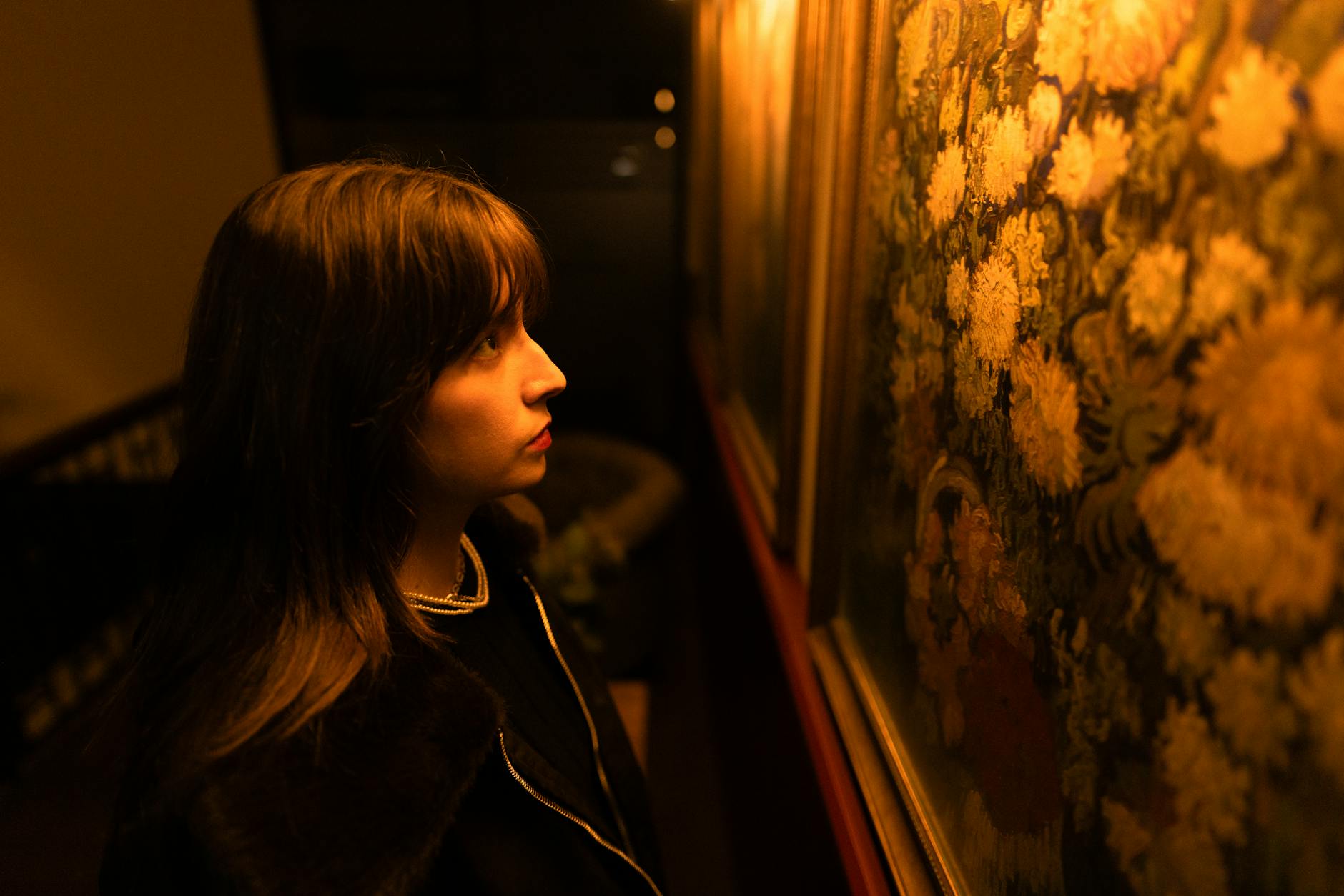Psychedelia, originally a subculture metamorphosing from the ’60s era, has now ingrained itself into mainstream popular culture. Psychedelic art carries forth a captivating confluence of bright kaleidoscopic visuals, intricate patterns, and surreal motifs. It traces its original influence back to the counter-culture movements and the widespread use of psychedelic substances that altered perceptions, exploring the depths of human consciousness. The influence of psychedelic art has since extended beyond the fringes, deeply embedding itself into myriad aspects of our everyday culture.
Psychedelic aesthetics has been widely used and seen in various sectors of art and media. Perhaps one of the most glaring examples of this is the use of psychedelic images in the music industry. Groundbreaking album covers of the 1960s and 70s, such as ‘Disraeli Gears’ by Cream or ‘Are You Experienced’ by The Jimi Hendrix Experience, serve as stark instances of how psychedelic art has impacted music.
The influence also creeps into modern music, with the art form providing inspiration for music videos and cover art. Artists like Tame Impala or Miley Cyrus often bring back the nostalgic era of psychedelia through their record covers.
The psychedelic revolution also played a significant role within the realm of film and television. Stanley Kubrick’s ‘2001: A Space Odyssey’ and the animated trip of ‘Yellow Submarine’, linked to The Beatles, introduced audiences to the dreamlike, surreal excursion of psychedelic visuals. It was not just a niche trend of the past.
Present day, we see an influx of psychedelic influence in films like ‘Doctor Strange’, with complex, psychedelic visual effects drenching the movie in hallucinatory wonder. Netflix’s ‘The Midnight Gospel’, too, merges the philosophy of life and death with intricate and often overwhelming psychedelic animation.
Furthermore, the art form has found its way into another influential sphere: fashion. Designers have long been purveyors of the psychedelic trend, sporting bold, vibrant colors, and quirky, abstract patterns on their runways. Labels like Gucci, Prada, and Saint Laurent often incorporate psychedelic elements in their design collections, showcasing its endurance in popular culture.
Extending from posters and album covers to even digital design, the advertising industry too has creatively embraced the psychedelic art form. It brings forth a visual appeal that’s hard to ignore; technicolor aesthetics that subtly play with the viewer’s psyche, making the campaign memorable. Big brands like Apple, with their dynamic wallpapers and advertisements, have tapped into the compelling charm of psychedelic >>> aesthetics.
Beyond traditional forms of media, the advent of social media has offered a renewed platform for psychedelic art. Instagram and Tumblr bristle with vibrant, challenging, and captivating psychedelic art, generating thousands of followers. Behemoth platforms like Facebook and Twitter have also seen such psychedelic images employed, often in promotional or event banners.
In the realm of entertainment, festivals like Burning Man and Tomorrowland have embraced psychedelia as part of their visual appeal. Here, the artistry extends beyond just visuals, seeping into the festival-goers’ costumes, stage designs, and overall aesthetic.
The continuous revival and reinterpretation of psychedelic art have caused significant cultural shifts. Far from being a one-time trend, psychedelic art has transformed into a medium of personal expression. It seeks to challenge the norms, to transcend the limitations of the physical world, and to paint a reality that’s abstract yet deeply relatable, surreal yet intimately human. Its vibrant color palettes, intricate patterns, and mind-bending motifs are not just aesthetically pleasing but hint at the infinite potential of human perception, creativity, and imagination.
Although psychedelic art remains rooted in a specific era, its transformative appeal has permeated and reshaped various aspects of popular culture. From music and film to fashion and entertainment, the swirling neon colors of psychedelia have surged onto every canvas of creativity, evolving into an enduring trend and sparking an aesthetic revolution across digital and physical platforms alike.
The potency of psychedelic art lies in its ability to go beyond being mere eye candy, instead stimulating mental cognition, amping up creativity, and fostering increased connectivity within our brains. As the art form morphs and reshapes itself within mainstream culture, its influence will only continue to fuel cultural innovation, carve new artistic niches, and inspire the array of fields it touches.
The era of psychedelia might have dawned more than five decades ago, but its influence endures, embedding itself into our culture ever so subtly yet profoundly, making its presence undeniable.




